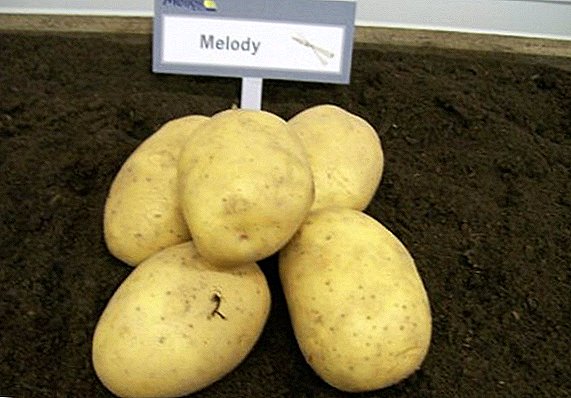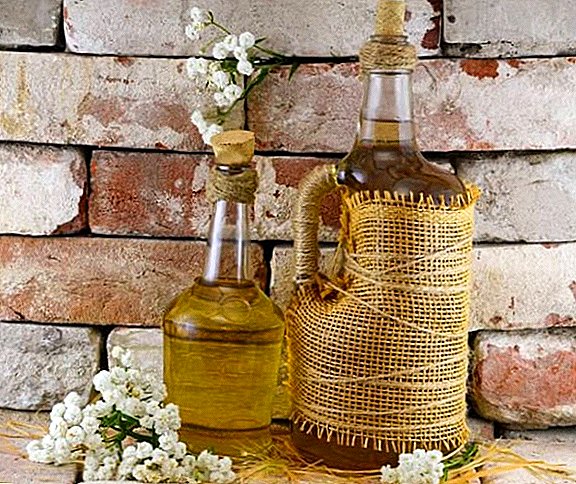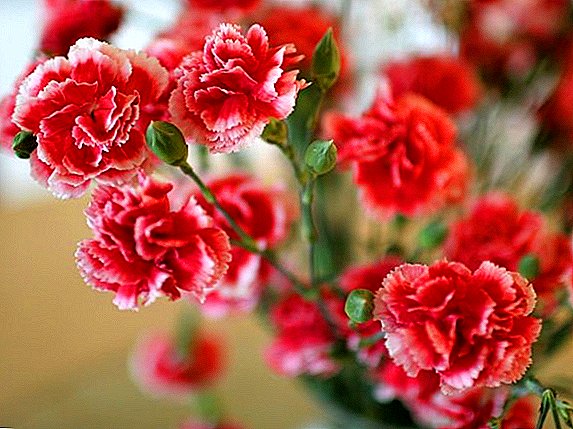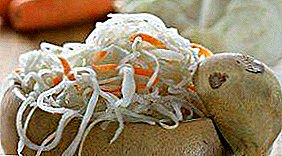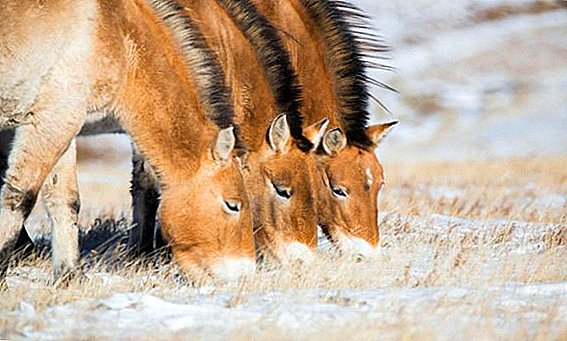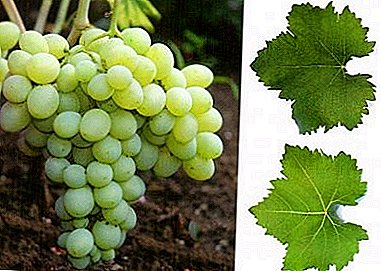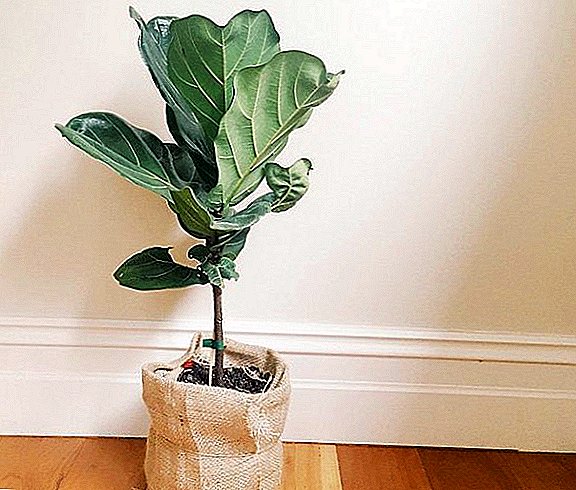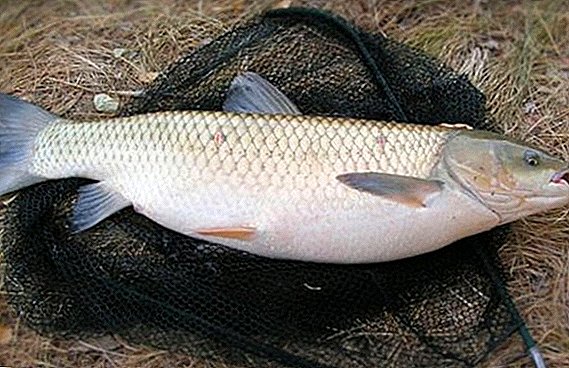 The grass carp is the dream of many anglers. The meat of this honorable trophy is distinguished by its high taste, nutritional value and beneficial composition. It is recommended to improve the work of the cardiovascular and nervous systems, brain, skin condition, as well as metabolic processes in the body. But to catch this tricky fish is not so easy. For successful fishing you need to know some of the features and secrets of catching grass carp. We will tell about them further in the article.
The grass carp is the dream of many anglers. The meat of this honorable trophy is distinguished by its high taste, nutritional value and beneficial composition. It is recommended to improve the work of the cardiovascular and nervous systems, brain, skin condition, as well as metabolic processes in the body. But to catch this tricky fish is not so easy. For successful fishing you need to know some of the features and secrets of catching grass carp. We will tell about them further in the article.
About the grass carp
The grass carp represents the carp family and is the only species of the genus Ctenopharyngodon. At one time, freshwater was artificially populated with this fish in order to clean them of excess vegetation. But soon the species gained popularity among many lovers of the water world. 
Did you know? The oldest long-lived fish on the planet was the female European eel. She is a native of the Sargasso Sea. The fish at the age of three got into the aquarium of the Helsingborg Museum, where she died 88 years later..
First of allThe white carp has a non-standard body structure. It is easy to recognize a fish by its small head, massive body and slightly flattened, but elongated, sides. These river inhabitants are distinguished by their greenish back, golden belly and various fin colors.
As a rule, those that are located closer to the tail part are always darker, and those that are closer to the belly and to the head are lighter. Some specimens are striking in their gigantic size - they weigh over 40 kg and reach a meter long.
You will be interested to learn how to grow white carp, about the beneficial properties of white carp fish for the body.Secondly, due to the specific taste of meat, many mistakenly assign white carp to sea fish. In fact, he prefers to settle in the warm river waters of Ukraine, Russia, Kazakhstan, North America and most European countries.
 These representatives of carp do not like cold and artificial ponds. Getting into such an environment, they always migrate to natural water systems. In regions with a harsh climate, fish can be bred in atomic, hydro, and thermal power plants.
These representatives of carp do not like cold and artificial ponds. Getting into such an environment, they always migrate to natural water systems. In regions with a harsh climate, fish can be bred in atomic, hydro, and thermal power plants.Did you know? Our nature is so amazing that it even has fish that can live on land. We are talking about anabas. Its gills can absorb oxygen under water and in a humid atmospheric environment. The fish periodically emerges from the Pacific depths and travels over land in search of the best conditions for its existence. Sometimes she even climbs trees.
Thirdly, a characteristic feature of cupid is its addiction to plant food. But, despite this, the fish has good nutritional qualities. Its meat is distinguished by a peculiar creamy and creamy shade, high fat content and a pleasant taste.
The only drawback is the multitude of bones and the difficulty of separating the sirloin. According to experienced chefs, the most delicious white cupid dish is a cocktail. It is prepared by roasting fish in a special unit, but before it is stuffed with eggplants and tomatoes. 
It is also good for smoking and roasting in foil with vegetables.
Where to catch the grass carp
Fishing for this species of carp is allowed by law. But if you do not know the "hot spots", then fishing may be unsuccessful. Fish is characterized by a strong fearfulness and capriciousness.
Therefore, the conditions for a good catch are:
- absolute silence;
- the right bait;
- the ability to attract and retain fish.
Experienced fishermen are advised to go for the grass carp in the coastal thickets. It is there that the colonies of these river dwellers gather in search of food. Moreover, they are comfortable in warm protected conditions.
If you wish, you can search for grass carp on clean stretches among vegetation, as well as in shallow water. It is important that in these localities there is herbal food for fish and the water warms up to + 26-29 ° С. 
Important! The field of sunset before the dawn, as well as in the cloudy weather of the grass carp is better to wait in the thickets of reeds.
Any noise on the shore can scare the joint, and it will move away into the depths of the reservoir. From there it is already impossible to get it. Experienced fishermen advise beginners to be more observant. After all, the light-colored cupid always goes around the water surface during feeding.
In the summer it will be given river thickets, and in the winter - characteristic mucus on certain parts of the water. It is isolated by skin glands wintering in deep pits in the river bed of individuals.
Do not forget that amorous carp are migratory fish. Depending on the season, she is looking for a comfortable environment for herself. Such is a warm backwater with an abundance of algae. 
White carp behavior and lifestyle
To the special characteristics of cupids ichthyologists enlist their fearfulness. Even if you are lucky enough to overtake a whole school of fish, it is easy to scare it away with your wrong actions.
Therefore, in order to return home with a catch, experienced fishermen advise first of all to take into account seasonality, time of day and weather. Let's take a closer look at the fishing calendar.
Important! In conditions when there is plenty of vegetable food in river water for fish, it is unreal to catch it. Therefore, the best period for catching cupids, many consider the autumn and spring periods, when the water still keeps the temperature at + 12-16 °WITH.
Spring
March differs sluggish behavior Amorous carp. Cold water does not contribute to their activity. Therefore, a bite this month is not at all.
April is not the best time to hunt for grass carpas the fish behaves passively, gradually moving away from the winter stupor.  May is very favorable for the life of this fish. The onset of heat contributes to its excellent appetite and, accordingly, to the bite. For successful fishing, it is important to wait until the river water warms up to +16 ° C.
May is very favorable for the life of this fish. The onset of heat contributes to its excellent appetite and, accordingly, to the bite. For successful fishing, it is important to wait until the river water warms up to +16 ° C.
Summer
The best time to catch light-colored cupids. The hotter the weather, the better the biting. In July, the fish have a good appetite, and in June and August, a stable catch guarantees the fish zhor that started in live bait.
The physiological characteristics of herbivorous fish are that in the heat it is able to eat the same amount of food as it weighs itself. Its intestine is 3 times the length of the body. Therefore, in the summer months, these representatives of the underwater world are able to absorb the daily rate of food at a time.
Learn also how to breed carp and trout at home.
Autumn
During this period, amorous carp are characterized by sluggish behavior and poor appetite.
Catching of grass carp in autumn: video
In September, the bite will still be, but, compared with the summer months, small. But in October, the fish will be caught until the water temperature in the pond drops to + 11 ° С.
Reducing the temperature of water and air leads to poor appetite in fish. She at +10 ° С practically does not eat anything.
November is characterized by low mobility of fish. Cupids go into the mainstream and prepare to lie down on the bottom for wintering. When the water cools down to + 5 ° С, these representatives of the water world completely stop feeding, maintaining their livelihoods due to the previously accumulated fat deposits.
Winter
This is the most unfortunate period for fishing. In December, January and February, the fish is in a state of stupor. To catch her at this time is unreal.
Did you know? In everyday life, grass carp is called "water cow". He got this name for his constant insatiability and ability to clean the coastal zones from young grass and mosquitoes..

Bait (bait)
Fishermen who have already dealt with grass carp, know that it will peck only on the food that eats constantly. No delicacies excesses he does not need.
The herbivorous carp will take delight in fresh shoots of reeds, reed mace or reeds. He will not refuse from the freshly cut grass, cabbage and beet leaves thrown into the water.
Some craftsmen go to Cupid with fresh cucumbers and corncobs. But in order to succeed, the fish needs to be interested and convinced of the safety of the meal.
Cupids are very prudent and careful. They lead a daily lifestyle and always move along the old routes. Every morning they start with a search for food.  For large specimens, you can use Mirabel plum as a bait. But it will take some time to accustom your potential victim to such food. This option is more suitable for those who plan to fish in one place for several days.
For large specimens, you can use Mirabel plum as a bait. But it will take some time to accustom your potential victim to such food. This option is more suitable for those who plan to fish in one place for several days.
Some fishermen advise using commercial flavor granules designed to bait fish. Of these, "TRAPER", "Select", "Coco-beige", "Lin" have proven themselves well.
Did you know? The whale sharks are considered to be the largest representatives of the underwater kingdom. They live in ocean waters and feed exclusively on plankton. The average shark weighs about 22 tons.
Bait: on what they bite
In most cases, catching grass carp is crowned with success when plant components are used as bait. These can be filamentous algae, young pea foliage, clover, cucumber ovary, or dairy corn stalks. Peeled aloe leaves are also very effective.  You can catch the cupid and the white worm, but for this it is pre-masked with strawberry or vanilla flavoring. It is worth experimenting with a bait from the test. It is made from fresh bread and cucumber.
You can catch the cupid and the white worm, but for this it is pre-masked with strawberry or vanilla flavoring. It is worth experimenting with a bait from the test. It is made from fresh bread and cucumber.
Experienced fishermen say that catching cupid is precisely baited. Indeed, in this case, effective those variations that other fish do not bite.
The secret of success lies in the fastener bait. It is best done with a green fishing line or thread. It is important to disguise the sharp limbs of the hook, otherwise the fish will slip away. Do not regret time and think about how to attach the hook, so that he caught the victim during the bite and not pricked, having frightened her.
To attract cupid, you can sweeten the bait with flavored oil.
Important! Always when catching grass carps, cast the bait not in the intended location of the fish, but a little to the side. After that, gradually overtighten the line to the cupids, making short twitching with the tip of the rod.

Tackle
Amorous carp in this plan unpretentious. They can peck on any fishing gear.
But out of the abundance of abundance, they recommended themselves best:
- fishing rods (including spinning) - ideal for spring fishing;
- match gear and plugs - suitable for fishing in windless weather, it is desirable that the water was standing;
- bottom units (spring type or feeders).
The choice of gear depends on the preferences of the fisherman and does not matter much. It is important to consider pre-feeding when using donok and the weight indicator of the fishing rod when catching a trophy.
Many advise to limit the spinning rod with a coil. It is advisable to choose instances with fishing line thickness from 0.6 to 0.7 mm and crochet No. 7-9. 
Poklevka
According to the classic version, when carps begin to peck, the fishing line promptly stretches and, if you gape, the tackle can "escape". Many ichthyologists associate such an instant bite with the fearfulness of fish.
She can sense the hook, inject them or come into contact with the fishing line and, as a result of a spontaneous reaction, try to escape. Such a turn of events is often noticed aground. Especially in such places, cupids are always on guard. There are frequent cases when the float disappears so quickly that the angler does not even have time to blink.
The ideal bite is one when a herbivorous fish slowly takes a nozzle into its mouth and moves to the side. Thus, it does not touch the fishing gear and swallows the hook. Sometimes the fish, eagerly grabbing the bait, manages to bite the line with pharyngeal teeth.
The complexity of the catch lies in the fact that white amur, as soon as they consider the hook, immediately spit it out along with the bait.  To facilitate this task, experienced fishermen advise to equip gear with a heavy sinker. This is done in order to induce the fearful swimmer to step aside with the nozzle. Others recommend that after the initial twitching of the fishing line, immediately immediately tighten the nozzle onto yourself.
To facilitate this task, experienced fishermen advise to equip gear with a heavy sinker. This is done in order to induce the fearful swimmer to step aside with the nozzle. Others recommend that after the initial twitching of the fishing line, immediately immediately tighten the nozzle onto yourself.
Do not forget that the cupids are crafty freshwater inhabitants, so the old methods do not take them. Successful fishing requires frequent tactical changes.
Did you know? Fish grow throughout life, but their development is very uneven and highly dependent on living conditions. All these processes are displayed on the state of scales. From it, experienced ichthyologists can learn about the age and health of the fish.
How to cut
For guaranteed success, it is important to be in close proximity to fishing rods and not to miss a bite. Even experienced anglers admit that it is not always possible to choose the right time for cutting. 
For beginners, they advise:
- Keep in mind that white cupids are notable for instantly swallowing bait and extreme endurance. Therefore, cutting is done immediately after the bite.
- To catch a fish, you need to try as quickly as possible to bring your catch to the shore and pull it.
- Do not allow the victim to make turns and jerks. Otherwise, it will break away and disappear into the reed thickets.
- If the hooking is convenient for you to do with your right hand, then the rod should be on your right. If the fishing rod is not one, they all have parallel on the right hand.
- With the rapid kleve hooking can cause a broken hook. In such situations, you need to raise the bait at an angle of 40 ° and twist the coil. As soon as the fish pulls the bait, move the spinning towards you.
- The farther away the fish is from the fisherman, the stronger you need to hook.
- The lighter the bait, the sooner the hooking should be.
Did you know? Some species of carp live up to 30 years.
How to catch a grass carp: video
How to drag
If you think that having caught a white carp, you can easily pull it ashore, you are deeply mistaken. This is a strong fish, which often breaks off the hook. Pull the fishing rod up the classic version can not.
Initially, you need to lead the tackle on the water, gradually pulling up to the shore so that the victim is tired, but at the same time not giving her a chance to turn around. Otherwise, the catch may break the line. After that, when you can pull the carp close, send it to the net.
Sadok and storage
To keep the catch fresh for a long time, it must be properly stored when fishing. For many, this is a problem, because in the heat the fish dies very quickly. 
To prevent this from happening, you need:
- Carefully remove the victim from the hookwithout pressing down on the abdominal area.
- After that, put the catch in the tank. It is desirable that this product be made of threads, and its wide metal circles do not hamper the movements of the fish. It is important to dip the lower part of the device into a pond somewhere under a spreading tree.
- Do not mix different types of fish in the same pond.
- Regularly check the freshness of the catch, lifeless individuals should be removed. They need to gut and pickle.
- On many days of fishing all the fish will have to gut. Alternative long-term storage options are pickling, smoking, drying.
- You can not leave the tank in the surf. In such conditions, the carp will die from constantly arriving sand.
- Do not pack your catch tightly in a plastic bag.

Important! It is categorically impossible to store white carp in a metal cage. Such material can damage the body of the fish. And in too small containers, it will die because of the products of its own vital activity.
Catching the grass carp is a very exciting thing. But to brag of a large trophy, you need to work hard. Knowing the features of this fish, you will be able to outwit it and catch the desired prey.
Feedback from network users





